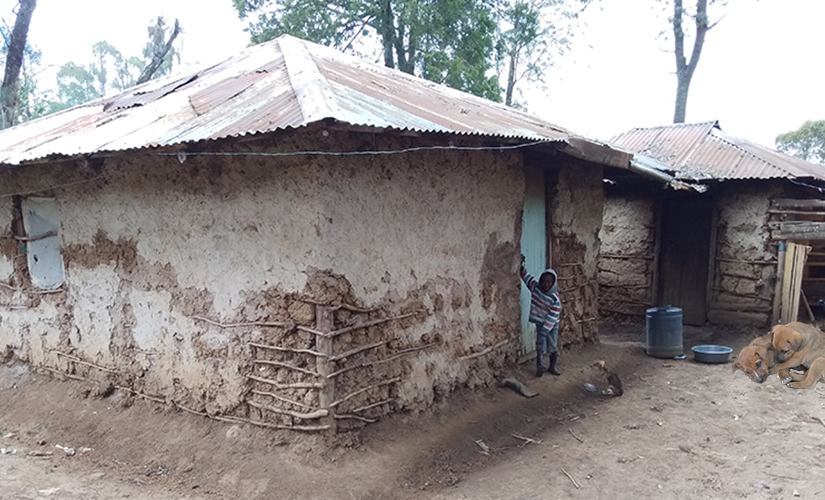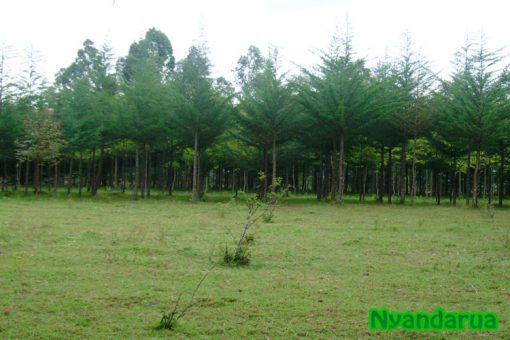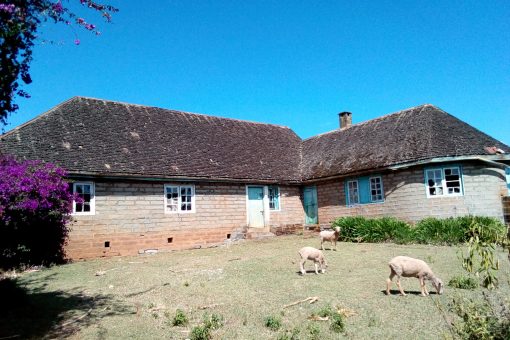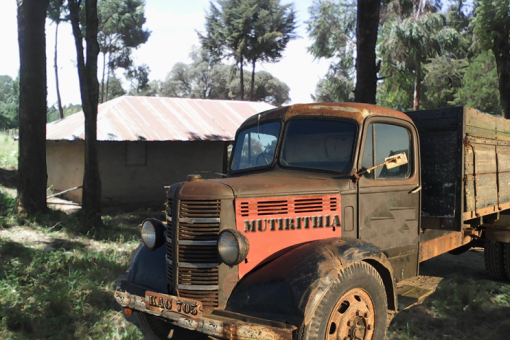The dry season in Nyandarua was devastating. After harvesting maize, wheat, oats and other late maturing crops in December and January, we did not see rain for another 3 months. The lush green fields that are signature to Nyandarua, dried into a brown expansive wasteland. Other than the trees, there was nothing else green as far as the eye could see. Temperatures soared. It was a dry heat that seared into your skin and scalp. The ground was hot to walk on, yet we walked bare feet for most of our childhood and so did the majority of hardworking adults. The heat made the homesteads eerie quiet.
Nyandarua livestock spent their day in pastures far away from homesteads until milking time at sundown and again at crack of dawn. This left the homesteads empty for the most part, with the exception of domestic animals like chicken, cats and dogs. During the hot season, even the domestic animals are rarely seen or heard. Dogs snore quietly as they sleep under shades of trees or the eaves (rwembeya-ini) of house roofs. Cats are sprawled on any comfortable surface, in or out of the house as long as its not under the hot sun. The chickens hide in their coop dozing off with one eye open.
The silence was constantly broken by the buzzing of some huge black beetles (nding’oing’o) hitting the iron sheet roofs with a thud, then tumbling down to the ground in a daze. That impact broke the shiny black shell-like casing that covered their wings, disabling them from flying again. As children, we swooped in and captured the hobbled insects and were happy to declare our conquests, you would think we were big game hunters counting our trophies. Between the sounds of the black beetles ‘beating’ the roof, there was another cracking sound from the iron sheet roofs. As kids, we used to wonder what that sound was, but as adults, we later learnt it was the corrugated iron sheets contracting under the hot sun, producing those cracking sounds in the process.
In some homesteads, you could find some of their youngest children ages two to five loitering in the compound. At that age, they were not useful in the farm so they were best left at home. The houses were padlocked and the young children were left outside to play. After their initial excitement of being left home alone to play wore off, they usually settled down under a shade of a tree drawing on the ground with sticks and dumping soil on each others heads.
One thing that was common amongst the children of many homesteads was the unmistakable white line that ran across their foreheads. That line was a declaration that they had porridge for breakfast. The line formed when the rim of the 15 mugs they were drinking porridge from touched their foreheads as they turned up their mugs to get the last sips of the porridge from the bottom of the mug. Parents had no time to clean their children’s faces before heading out to the farms, so the porridge line dried out on their forehead, and nobody really paid much attention to it. They were happy, healthy and full, that’s all that counted.




